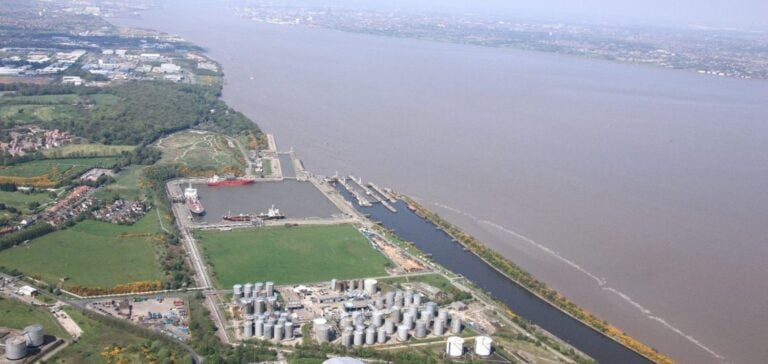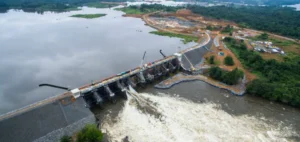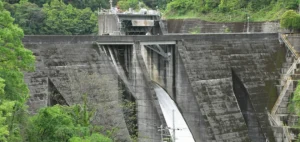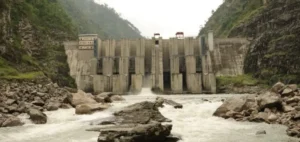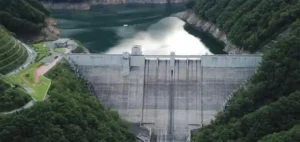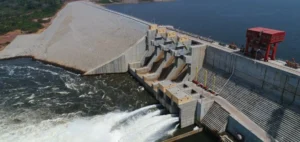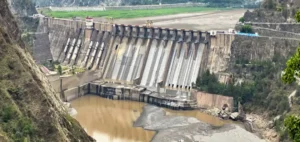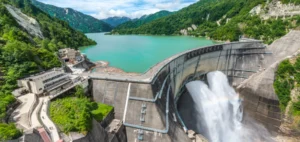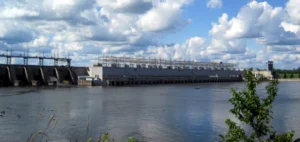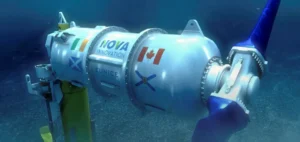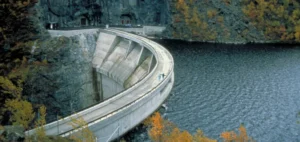The Queen Elizabeth II Dock in Eastham, managed by Peel Ports Group, the UK’s second largest port operator, has seen the installation of an innovative hydroelectric generator. This generator, developed in partnership with Czech renewable energy specialist Hydropol, uses an Archimedian screw to produce up to 1,500,000 kWh per year. This production is enough to supply electricity to around 190,000 homes for a day, supporting the national energy transition.
Energy applications and autonomy
This hydroelectric system is connected to the dock’s power grid and directly supports the site’s Green Automotive Hub. The hub, due to open at the end of 2023, promotes the manufacture of sustainable vehicles and now enjoys energy independence thanks to this facility.
Statement by Lewis McIntyre
Lewis McIntyre, Managing Director of Port Services at Peel Ports, said the introduction of this hydroelectric technology at the dock was a major step forward for the group’s environmental ambitions. He said, “The introduction of hydropower at Queen Elizabeth II Dock is another major milestone as we seek to make our operations greener and more sustainable for the future.”
Reducing emissions and achieving carbon neutrality
In parallel with this installation, Peel Ports has already reduced its Scope 1 & Scope 2 emissions by 32% since 2020. The company also committed in 2021 to achieving carbon neutrality for all its port operations by 2040, ten years ahead of the targets set by the UK government. This makes Peel Ports the first British port operator to adopt such a commitment.
The installation of a hydroelectric generator at the Queen Elizabeth II Dock represents a significant step towards Peel Ports’ goal of carbon neutrality by 2040. This project, carried out in collaboration with Hydropol, is part of a series of initiatives aimed at reducing greenhouse gas emissions and promoting the use of renewable energies within port operations.


